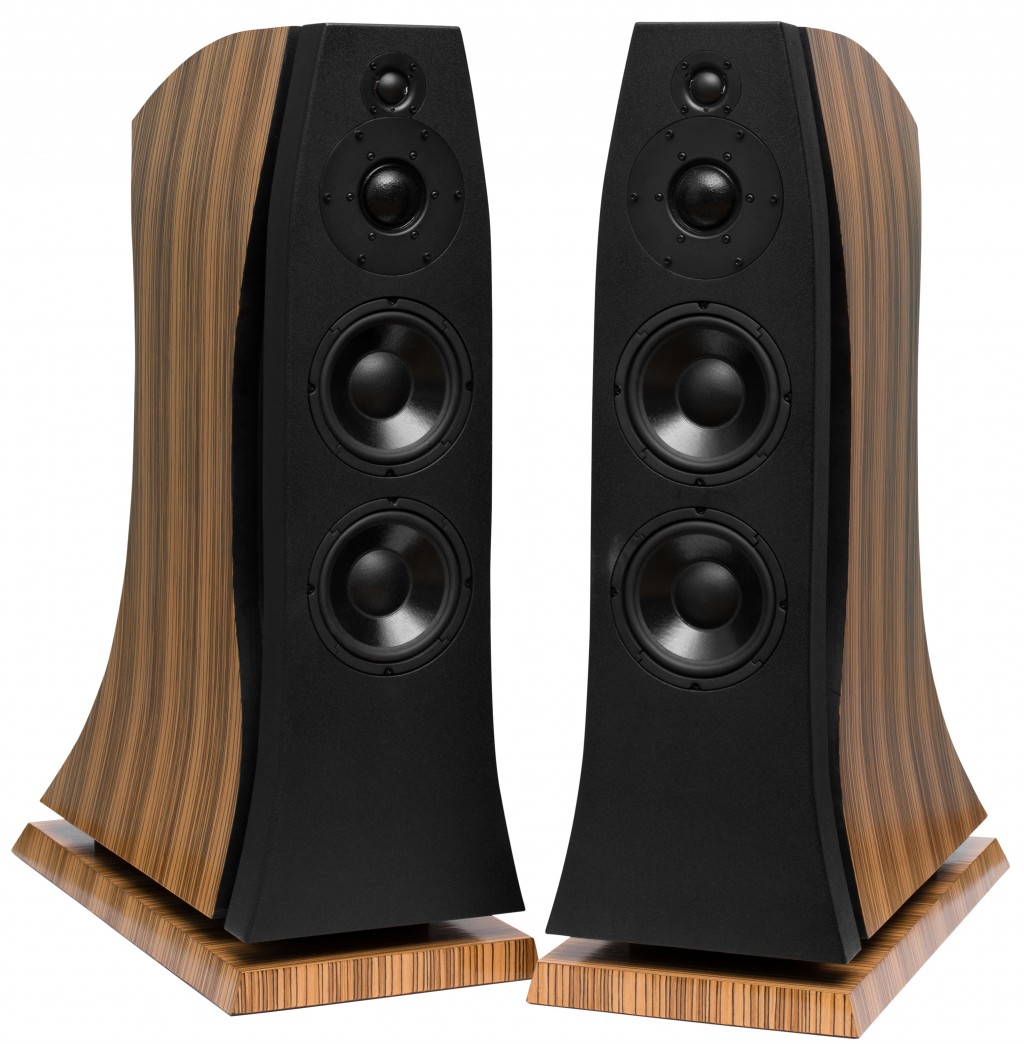
The Classic Tension Headaches
Designer: Thomas Zarbo, Jr
Project Time: 20+ Hours
Project Complexity: Intermediate
Project Cost: $500-$1,000
Project Description
A curvy, yet angular… but totally aggressive take on a medium-sized tower speaker. Or… a speaker a Klingon would be proud to have in his house.
Design Goals
My goal was to further explore the basic structure and proportions of one of my former speaker projects, ‘The Cellos.’ I wanted to push myself further as far as what I was able to do with curves/angles as well as balance and execution. I wanted to try to do this for under $200 to stay in the $200 and under category.
Also, I wanted to develop my first own 3- way crossover for this project.
Driver Selection
The tweeter is a Dayton ND28F-6, price…………$23.29 X2
The midrange is a HiVi DMB-A, price……………..$24.50 X2
The woofers are DC160-8, price (4 & up)………$20.78 X4
Total cost for drivers for pair………………………$178.70
Enclosure Design
This design took a lot of planning to execute correctly. The backbone of the design is the internal vented bracing structure. The outside ‘look’ of the speakers is only a reflection of the work that went into making the inside bracing true and rigid. I drilled almost 400 holes into the internal bracing structure to allow for free air movement inside the cabinet as well as to lighten the cabinet weight and increase internal volume.
The cabinet volume is approx. 1.5 cu. ft. The cabinet is vented with a 3″ round by 5″ long port which tunes the cabinet to around 53 Hz. The space between the cabinet and the base provides additional vent area with yields a final tuning of around 38 Hz.
Enclosure Assembly
After the bracing was assembled and glued-up the skin of the enclosure had to be applied. It’s not that hard, but it takes a lot of glue and steady nerves. I used 1/8″ HDF (high density fiberboard) which is actually easier to bend than MDF. I glued up two layers at a time, which reduces the number of glue-ups needed to complete the cabinet, as well as reduces the likelihood that an overly-tight clamp will cause a bend in the skin.
The curved top was glued up separate, and was assembled with the cabinet bracing, as achieving the proper angles on the sides of the top panel was both critical, and somewhat difficult.
Short story… lots of glue and lots of clamps.
The baffle is constructed of 3 layers of 3/4” MDF, each individually profiled for lightness and airflow. After some body filler was added to smooth the surface, many coats of BIN Shelac base primer was applied to seal the MDF. Rustoleum texture spray was used to get the surface feel I wanted. The topcoat was Krylon gloss black spray can.
Crossover Design
The crossover is 3rd order on all drivers with crossover frequencies of approx. 750Hz and 6,400 Hz.
The crossover is mounted to a board which screws to the bottom of the cabinet.
Conclusion
This speaker build was challenging… at times too challenging. I look forward to tackling something a little easier for my next big project.
About the Designer
Tom’s been interested in quality sound and building speakers
since childhood, starting when he and his father gutted the
speakers from an old stereo console unit and mounted them
in a few old wood boxes. Since then, he’s built dozens of
speakers, subwoofers—and more recently—a few amplifiers.
Tom finds it enjoyable to push himself to learn new things and
make ever more challenging speaker cabinets!

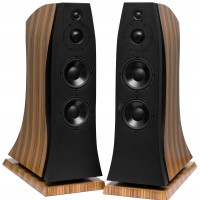
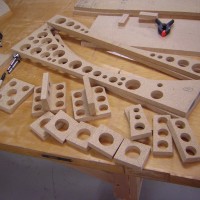
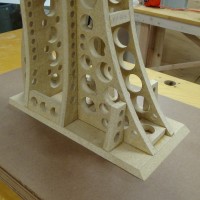
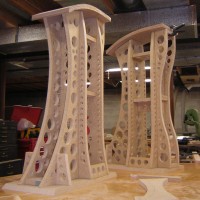
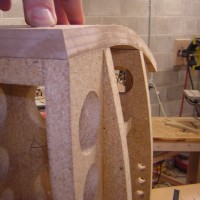
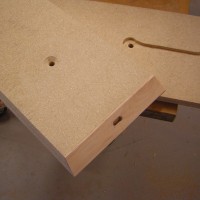
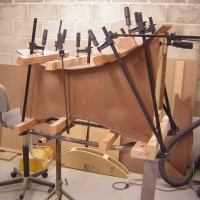
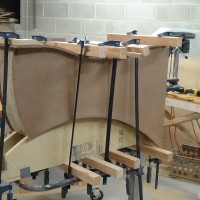
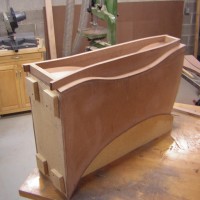
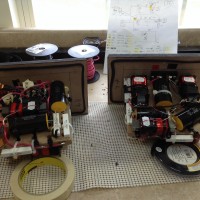
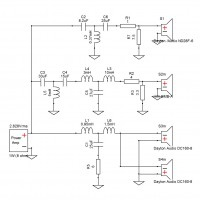
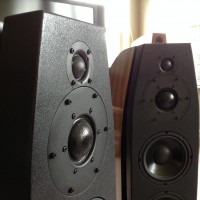
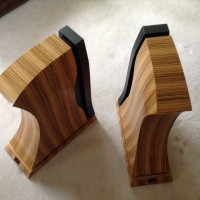
That is an awesome design…..bet it sounds as good as it looks
Thank you John. They sound pretty good in my opinion. I spent quite a bit of time fiddling with the crossover to eliminate areas that I considered to be ‘problems’ with the sound. I like the result quite a bit. –TomZ
These are beautiful speakers. Nicely done! How do they sound?
Thanks Jeff. I spend about a year and a few months constructing with a break of about 7 months when I just got burn out a bit on them. Once I started back on them, the passion returned. They sound pretty good in my opinion. I love vocals on these, and they have very strong bass as well. –TomZ
Those coils in the 2″ dome/midrange section seems rather high in value, about 10x higher then needed.
Ed, that’s entirely possible. As this was my first attempt at a 3-way crossover, I’m sure that there are several areas where the crossover could probably be improved upon and made more efficient/less costly. However, I think the end result sounds balanced and clear with no audible issues, even when played very loud… at least to my ears. I do have another very accurate 3-way speaker set to A-B compare these to, and these compete in all areas for much less money.
Amazing woodwork!
Can HiVi DMB-A go down to 750Hz without distortion?
That is no sense crossower!